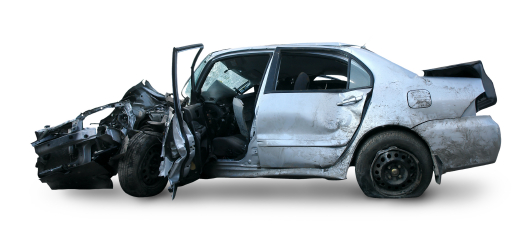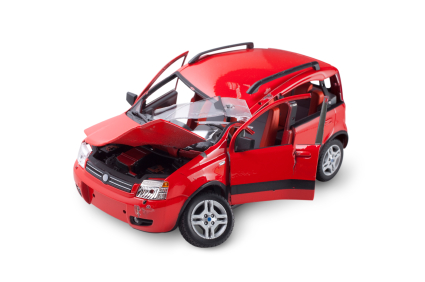Why we need to tighten up how we deal with and dispose of write-offs
On January 15, 2014 then Minister for Transport Leo Varadkar announced in the Dáil that he was “proposing to introduce a statutory control procedure in relation to written-off vehicles.” The announcement was made in response to a question put to him by Deputy Timmy Dooley (FF) who had expressed concern about “reports that more than 200,000 written-off cars are still being driven”. That figure of 200,000 was published by Cartell.ie earlier that month.
The introduction of legislation in this area is timely but it must address certain critical aspects. A category system must be put on a statutory footing and those inspecting vehicles must be a suitably qualified engineer and a member of the Institute of Automotive Engineering Assessors (IAEA) or equivalent. On the issue of a category system the A.B.I. approach in the UK could be a good starting point:
Category A: Vehicle should be scrapped following extreme damage;
Category B: Vehicle too damaged to be repaired but does have salvageable parts;
Category C: Vehicle repairable, but the repair costs exceed vehicle value – insurer decides not to repair for economic reasons;
Category D: Vehicle repairable, but the repair costs are significant compared to vehicle value –insurer chooses not to repair for economic reasons.”
There are at least 37,000 vehicles written off annually with reports as high as 45,000. Approximately one third, or 15,000, vehicles are categorised as unfit for repair and these have become known as CAT A and CAT B write offs within the insurance industry. It is supposed to be best practice for insurers to notify the Department to have those “locked down” to prevent any further activity on them, but, at present, this is purely voluntary. In reality not all notifications are taking place, and, it’s unclear how many are notified instead under the remit of the End-of-Life Regulations: rules which ensure vehicles which have reached their end-of-service life are disposed of in an environmentally friendly manner – paid for partly by manufacturers.
In the year prior to implementation of the End-of-Life Regulations there were 30,621 notified to the Department as either a scrapped destroyed vehicle or a written off vehicle. In the year-to-date there have been less notifications of written off or scrapped destroyed vehicles (1,744), but end-of-life (EOL) vehicle notifications stand at 17,413. A quick look at the age profile of those EOL vehicles shows many are less than 5 years old, and a lot would have been involved in accidents and have been inspected and written off as CAT A and CAT B.
All categories of write off should be notified to the Department so that CAT A and CAT B should be tracked to ensure they all go end-of-life. Currently Cartell.ie are aware of Category B write offs making their way back onto the road but legislation should lock those down.
Also the new legislation must ensure that vehicles which are written off as CAT C and D will have an engineer’s inspection before returning to the road.
John Byrne
Legal and PR Manager, Cartell.ie
This Article appeared in the Irish Independent

